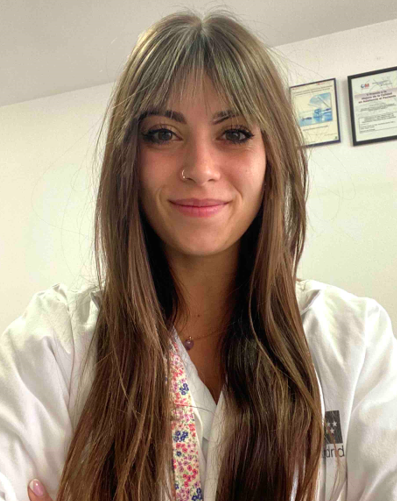Tratamiento De La Inestabilidad Vesical (Vejiga Hiperactiva No Neurógena) En Niños, Con Tolterodina
IntroducciónLa vejiga hiperactiva (VHA) se engloba dentro de las disfunciones miccionales no neurógenas, cuya prevalencia ha sido bien definida en la población general, no así en la edad pediátrica. Las manifestaciones clínicas son variadas y tiene especial importancia en los niños su asociación con otras patologías como la enuresis, el reflujo vésico-ureteral (RVU) y las infecciones de repetición. El tratamiento fundamental se realiza con fármacos anticolinérgicos. La eficacia del cloruro de oxibutinina ha sido suficientemente contrastada, sin embargo la dosificación y los efectos secundarios, aunque escasos en los niños, son motivo de interrupción del tratamiento.
ObjetivosComo alternativa para el tratamiento de la VHA se ha utilizado la tolterodina en adultos con eficacia, sin embargo su uso no ha sido suficientemente valorado en niños. Deseamos determinar la eficacia y tolerabilidad de dicho fármaco en la población infantil afecta de VHA.
Material Y MétodosEstudio retrospectivo de 72 niños diagnosticados de VHA no neurógena y vírgenes de tratamiento. En todos los casos se practicó un protocolo diagnóstico de patología urológica concomitante así como estudio urodinámico (EUD) y exploración neurológica. En un grupo de estos pacientes se realizó EUD post-tratamiento.
ResultadosLa edad media fue de 10,9 años y fueron evaluados entre 4 y 31 meses tras iniciar el tratamiento. Hubo curación demostrada con cistomanometría en el 67% de los casos, 14% mejoraron y un 19% no presentó variación en el EUD. Según los criterios del International Children´s Continence Society (ICCS) aplicados a los niños sin EUD post-tratamiento, el 51% se curaron, un 27% mejoró y finalmente un 22% no tuvo mejoría Ningún paciente tuvo que suspender el tratamiento por efectos secundarios.
ConclusionesLa tolerancia y efectividad de la tolterodina es buena en la población pediátrica y constituye una alternativa a los clásicos anticolinérgicos en el tratamiento de la VHA.
Treatment of vesical instability (no neurogenic overactive bladder) with tolterodna in children
IntroductionOveractive bladder (OB) is one of the no-neurogenic voiding dysfunctions whose prevalence has been precisely definedamong the general population but not so among the paediatric population. Its clinical manifestations are various, and its association with other pathologies like enuresis, vesico-ureteral reflux (VUR) and recurrent infections is particularly significant in children. OB is basically managed with anticholinergic drugs. The efficacy of oxybutynin chloride has been sufficiently proved; however its dosage and side effects, although scarce in children, usually cause treatment discontinuation.
ObjectivesTolterodine has been successfully used as an alternative therapy of OB in adults, however its use has not been sufficiently evaluated in children. Our objective is to determine tolterodine’s efficacy and tolerability in the paediatric population suffering from OB.
Material and methodsA retrospective study of 72 children who were diagnosed no-neurogenic OB and who received no previous treatment. A concomitant urological pathology diagnostic protocol was applied to all cases, as well as a urodynamic test (UDT) and a neurological examination.Post-treatment UDT was performed to one group of patients.
ResultsThe mean age was 10.9 years and the children were assessed between 4 and 31 months after treatment initiation. Healing was proved through cistomanometry in 67% of the cases, there was improvement in 14% and 19% of the patients showed no changes in the UDT. Following the criteria of the International Children’s Continence Society (ICCS) applied to those children with no post-treatment UDT, 51% were healed, 27% improved and 22% experienced no changes. None of the patients had to discontinue the treatment due to side effects.
ConclusionsTolterodine’s tolerability and efficacy are good within the paediatric population, which turns it into an alternative to the traditional anticholinergics for the treatment of OB.
Artículo
Comprando el artículo el PDF del mismo podrá ser descargado
Precio 19,34 €
Comprar ahora









